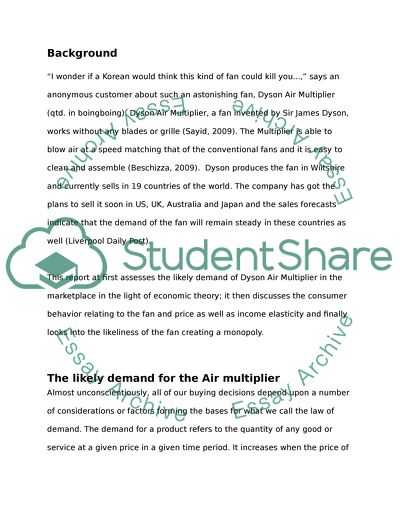Cite this document
(Understanding Markets: Dyson Goes without Blades Case Study, n.d.)
Understanding Markets: Dyson Goes without Blades Case Study. Retrieved from https://studentshare.org/marketing/1560786-understanding-markets-report-dyson-goes-without-blades
Understanding Markets: Dyson Goes without Blades Case Study. Retrieved from https://studentshare.org/marketing/1560786-understanding-markets-report-dyson-goes-without-blades
(Understanding Markets: Dyson Goes Without Blades Case Study)
Understanding Markets: Dyson Goes Without Blades Case Study. https://studentshare.org/marketing/1560786-understanding-markets-report-dyson-goes-without-blades.
Understanding Markets: Dyson Goes Without Blades Case Study. https://studentshare.org/marketing/1560786-understanding-markets-report-dyson-goes-without-blades.
“Understanding Markets: Dyson Goes Without Blades Case Study”, n.d. https://studentshare.org/marketing/1560786-understanding-markets-report-dyson-goes-without-blades.


